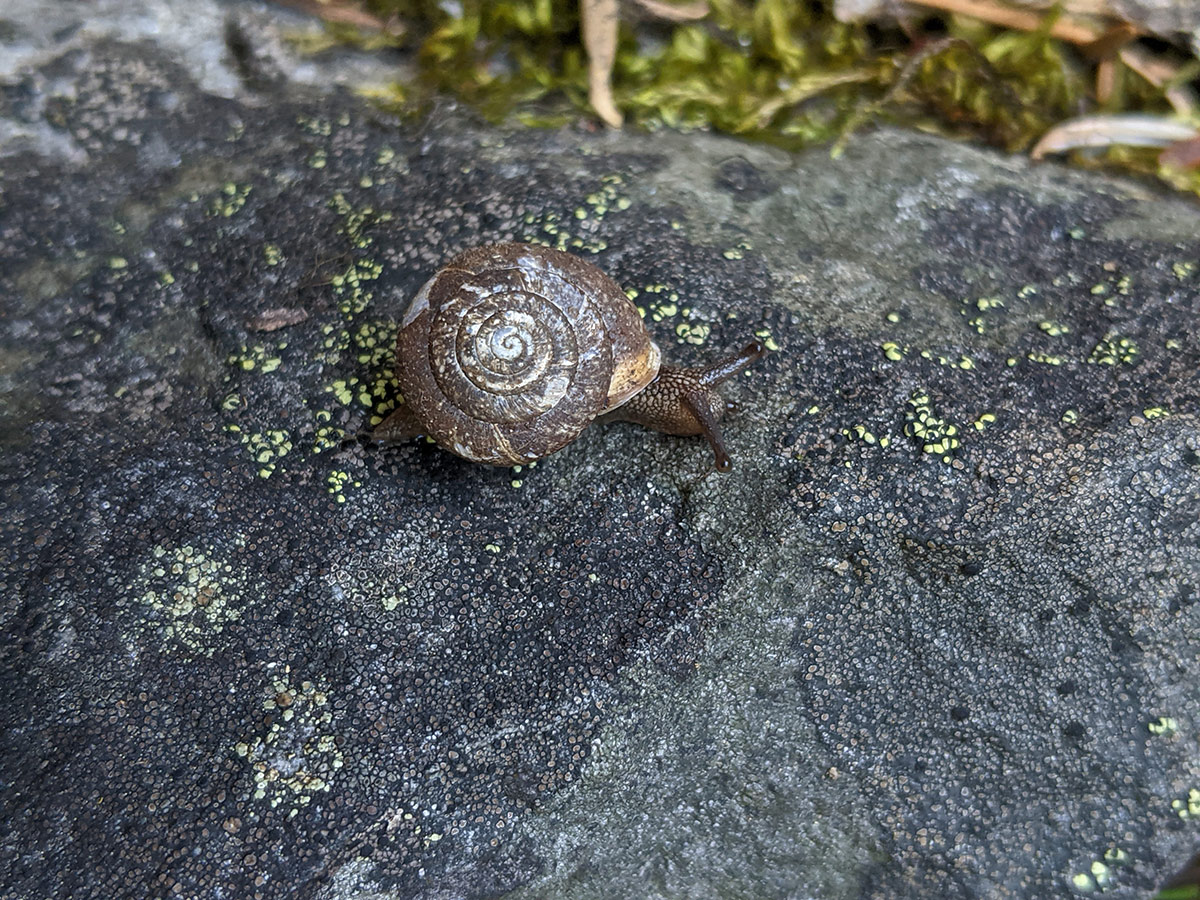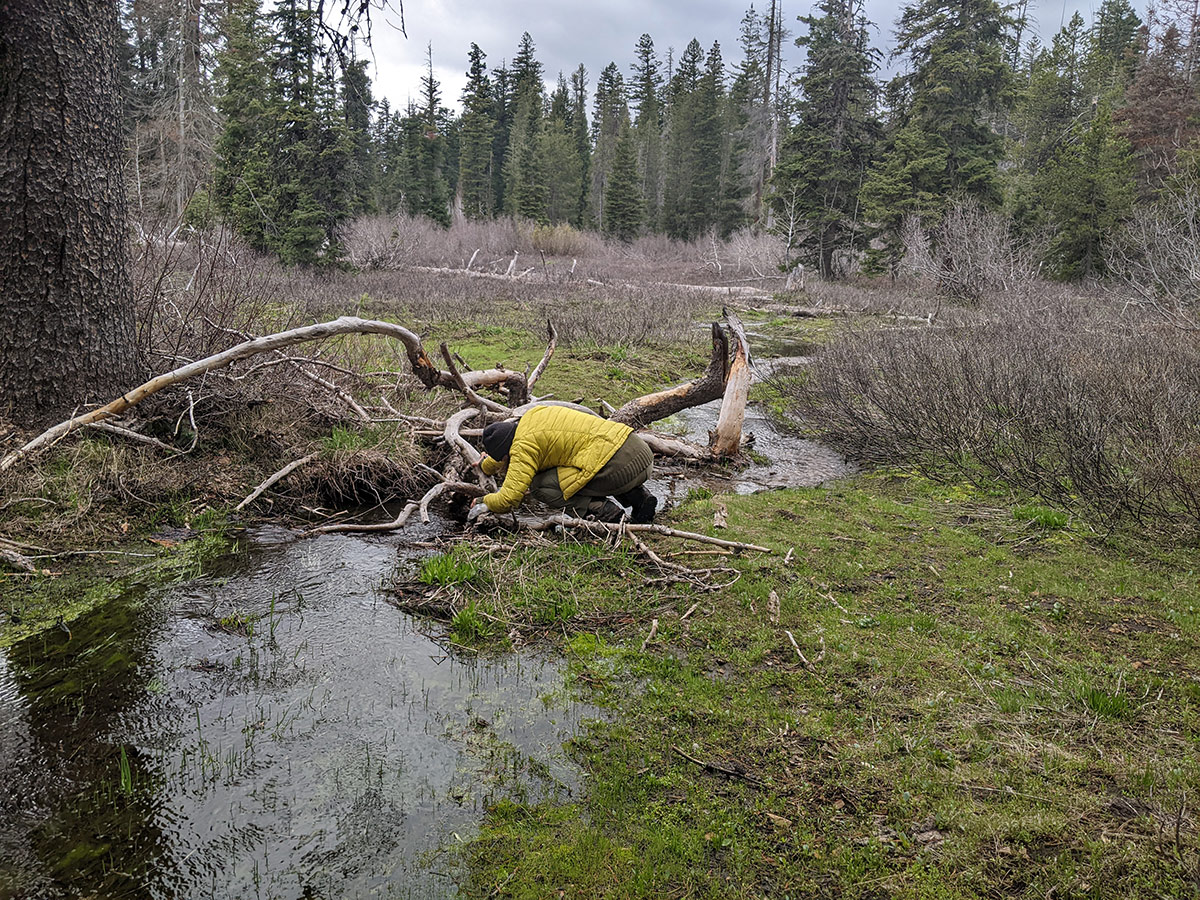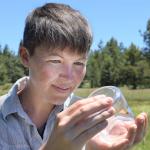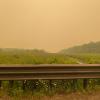Mollusks—which include snails, slugs, mussels, and squid, to name just a few representatives—are an extremely diverse group of animals with an estimated 50,000 to 200,000 named and undescribed species worldwide. These animals are widespread across the globe and are especially diverse in tropical and temperate regions.
One of the epicenters for non-marine mollusk speciation and diversity in the western United States is found in the Klamath-Siskiyou Mountains of southwestern Oregon. At least 235 mollusk taxa have been recorded from this area, more than half of which are endemic, or found nowhere else on Earth.

Deep in the mountains, four mysterious snails
The Cascade-Siskiyou National Monument (CSNM), which sits at the crossroads of these mollusk-rich mountain ranges, is home to many of these species as well as several rare and imperiled terrestrial snails. Ecologists are particularly interested in four Bureau of Land Management (BLM)-Sensitive species there: the Siskiyou hesperian (Vespericola sierranus), the Dalles hesperian (V. depressus), the Oregon shoulderband (Helminthoglypta hertleini), and the Crater Lake tightcoil (Pristiloma crateris).
Mystery surrounds these species. The Siskiyou hesperian is known to occur on the Monument, but it was unclear how widespread it used to be or if historic populations still survive, making it difficult to understand this species’ present day distributions and conservation needs. The Dalles hesperian had been recorded from just a single site relatively far from other known populations, prompting ecologists to wonder about the validity of this collection. There were questions about the other two species as well. Given the availability of appropriate habitat and proximity to other known populations, both were suspected to occur on the Monument, but they had not turned up in survey efforts. This wasn’t too surprising—while the aquatic mollusk fauna has been relatively well established on the CSNM, less is known about the diversity of terrestrial mollusks found within its borders, imperiled or otherwise. This led us to wonder: What species were found here, and where? What were their habitat associations, population statuses, and threats?

Scientists search for the missing snails
We intended to find out. To fill these data gaps and provide more information to BLM and CSNM ecologists, Xerces Society biologists have been working with the Monument since spring of 2021 to search for the four imperiled species, while documenting the diversity and distribution of terrestrial snails in the area. So far, we have confirmed that the Siskiyou hesperian still persists in many of its historic locations. We’ve also documented four new populations of the species and discovered a number of other species of conservation interest, including some that were not previously known from the area.
The other three snails remain elusive. Are we looking in the wrong places, or do they simply not occur within the Monument’s boundaries? We have one more chance to find out. Our final survey push will be this fall, and once complete, the results from these two years of fieldwork will be used to inform future survey efforts, as well as strategies for protecting and restoring terrestrial mollusk habitats on CSNM lands.

Baseline data helps protect species in peril
Why is work like this important? Well, for one, mollusks are not doing very well. Habitat loss and degradation are some of the leading causes of decline for mollusks. They are among some of the most imperiled animals on the planet, with the highest number of documented extinctions of any major taxonomic group in the world. Understanding where they occur and in what numbers helps biologists keep tabs on the health of these species. Without baseline data, we can’t detect changes in distributions or populations.
This type of information can also help us prioritize species and sites for conservation, identify key threats, and inform future actions. Federal land managers in particular have unique opportunities to contribute to the conservation of mollusks by protecting large areas of intact habitat and being thoughtful about how management actions might impact individual species. By working together to fill critical data gaps— effectively putting snails on the map—we can help ensure that land managers have the information they need to protect these remarkable animals for future generations.





